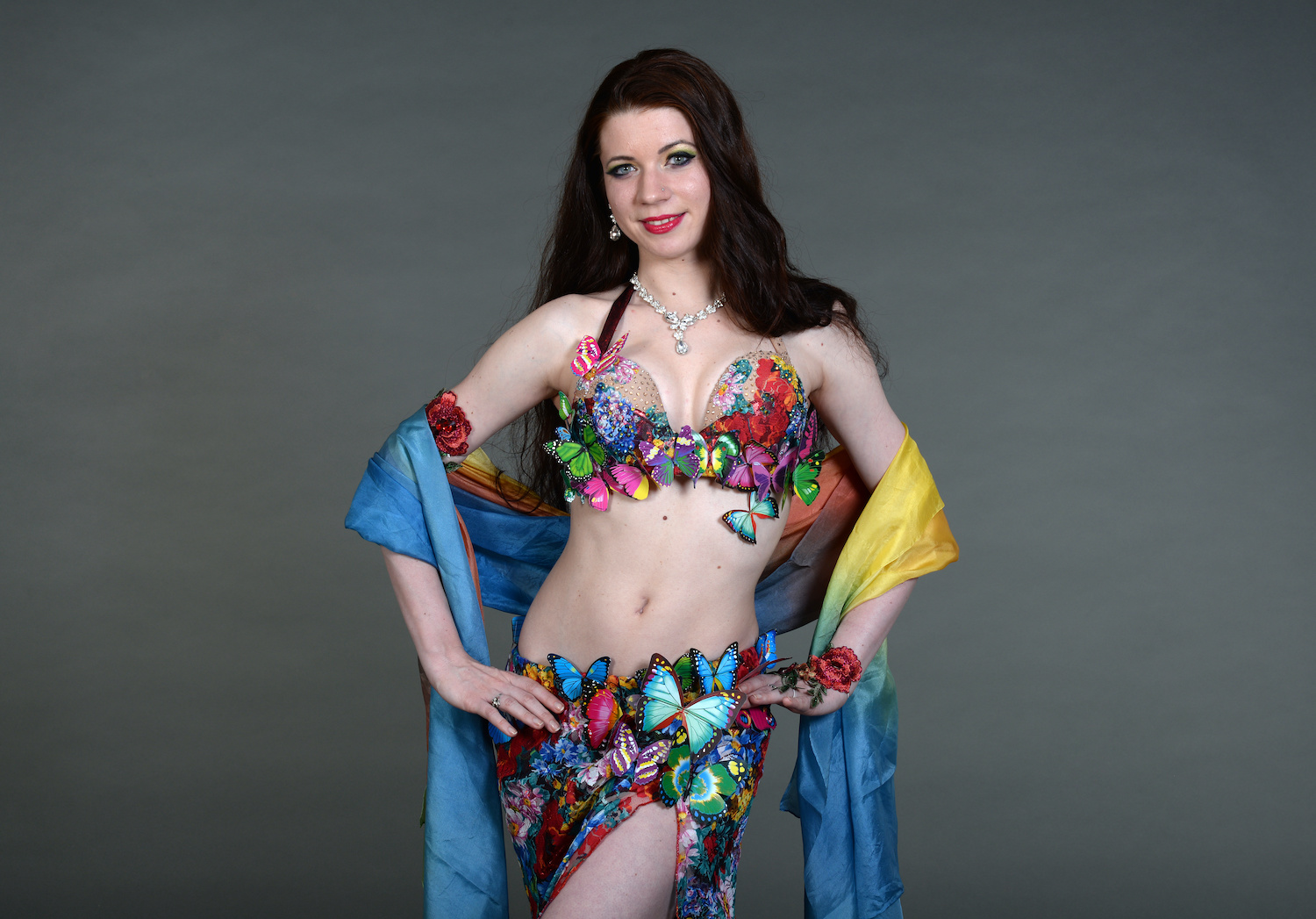Arabian belly dancer – tradition, culture, and elegance
Embark on a journey into the heart of Arabian belly dancing, an art form that weaves together the threads of tradition, culture, and expressive movement. This dance, more than just a performance, is a celebration of Arab heritage, blending music, emotion, and the artistry of movement. Here, we delve into the nuances of Arabian belly dance, exploring its rich cultural background and the intricacies that make it a dance of elegance and depth.
What is Arabic belly dance called?
Arabic belly dance, known as ‘Raqs Sharqi’ in Arabic, is a dance form deeply rooted in Middle Eastern culture. It translates to ‘Oriental Dance’ and is renowned for its fluidity, expressiveness, and the intricate connection between the dancer and the music.
Is belly dancing allowed in Islam?
The relationship between belly dancing and Islam is complex and varies across different communities. While some conservative interpretations of Islam may discourage public performances, belly dancing in private or as a cultural expression is generally more accepted. It’s important to recognize the diversity of opinions and practices within the Islamic world regarding this art form.
Can you belly dance while fasting in Islam?
Fasting in Islam, particularly during Ramadan, is a time of spiritual reflection and discipline. While there are no specific rules against belly dancing during fasting hours, it’s a matter of personal belief and how one chooses to observe their fast. The spiritual and physical demands of fasting should be considered when engaging in any physical activity during this period.
Is belly dancing seduction?
Belly dancing, often misunderstood as merely a dance of seduction, is much more. It’s an artistic expression of the dancer’s emotions, stories, and cultural background. While it can be sensual, belly dancing is primarily about celebrating the body’s movement and the rich traditions of Arab culture.
See also: What do belly dancers wear?
Conclusion
Arabian belly dancing is a mesmerizing tapestry of cultural richness, artistry, and tradition. It transcends the boundaries of mere performance, inviting us into a world where tradition meets elegance. Whether it’s the intricate hip movements, the shimmering costumes, or the soulful Arabic music, this dance form is a celebration of Arabian heritage and the timeless beauty of dance. As we conclude, we see Arabian belly dancing not just as a dance, but as a vibrant expression of Arabian traditions and the enduring allure of oriental dance.
